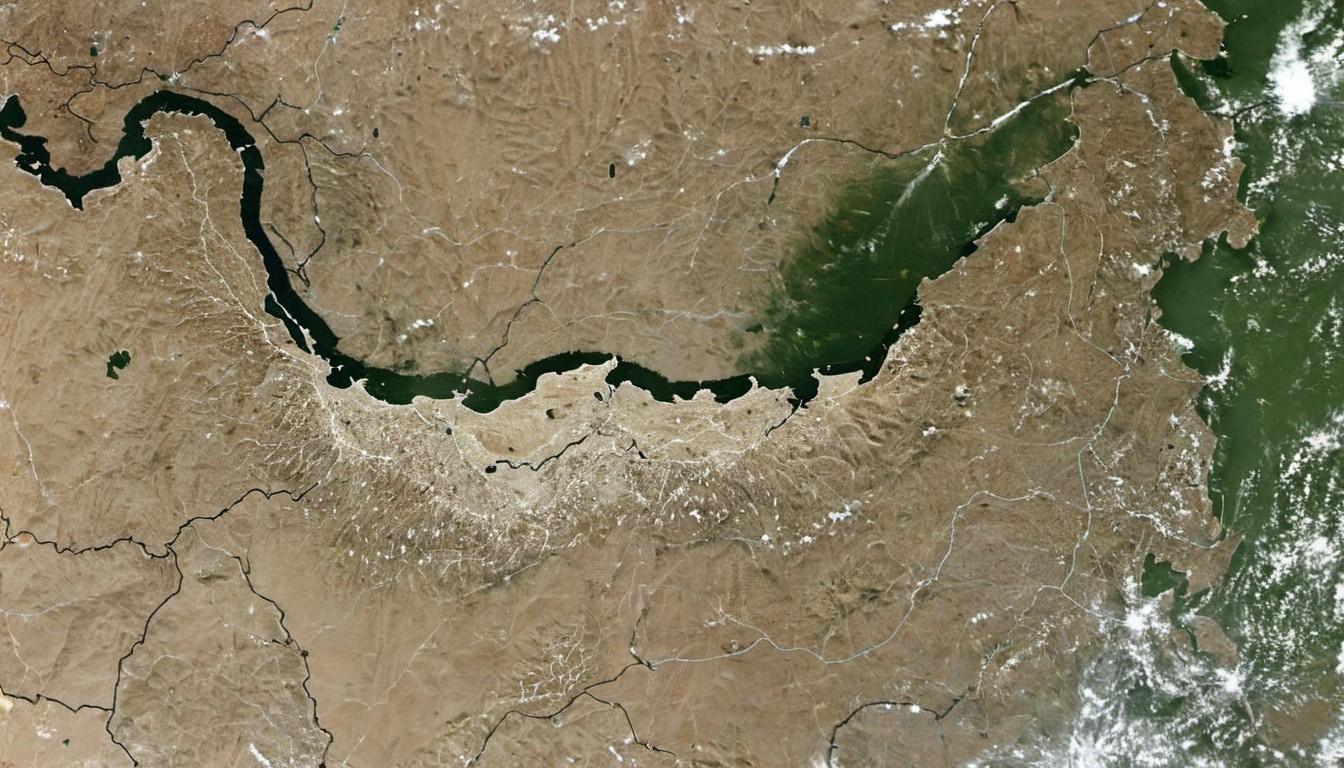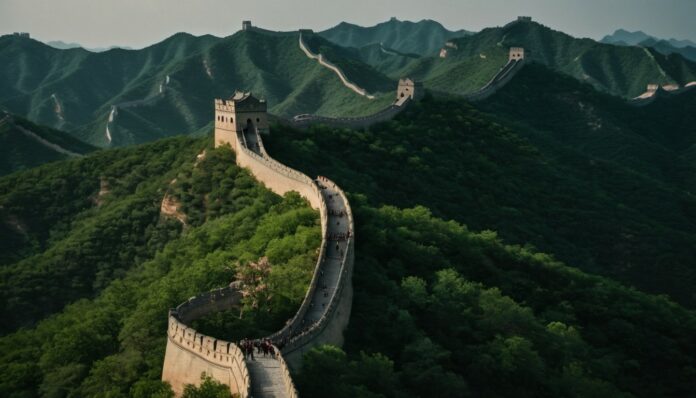One of the most enduring myths about the Great Wall of China is the claim that it is the only man-made object visible from space. This idea has been widely circulated and often accepted as fact. But how much truth is there to this claim? Let’s explore the origins of this myth and uncover the scientific reality.
The Myth: The Great Wall is Visible from Space
The myth suggests that the Great Wall of China is so massive that it is the only man-made object visible to the naked eye from outer space. This idea is frequently mentioned in books, documentaries, and even classroom discussions.
The Truth: The Great Wall is Not Easily Visible
In reality, the Great Wall of China is not easily visible from space with the naked eye. While it is an impressive structure, its visibility from space is limited by several factors, including its materials, color, and the surrounding environment.
When discussing visibility from space, it’s important to define what we mean by “space.” For the purpose of this discussion, “space” typically refers to low Earth orbit (LEO), which is where the International Space Station (ISS) orbits at an altitude of around 400 kilometers (250 miles) above the Earth’s surface.
From LEO, astronauts can see large geographical features like coastlines, mountains, and major cities. However, the human eye struggles to distinguish individual man-made structures, especially those that blend into their surroundings.
The Origin of the Myth
The myth about the Great Wall being visible from space dates back to long before human space travel. Early references, such as those in Richard Halliburton’s 1938 book “Second Book of Marvels,” suggested that the Wall could be seen from the Moon, a claim that was purely speculative.
Astronaut Reports
 Astronauts who have orbited the Earth have confirmed that the Great Wall is not easily visible to the naked eye. Astronaut Yang Liwei, China’s first man in space, reported that he could not see the Great Wall. Even astronauts with excellent vision have had difficulty spotting it without the aid of cameras and special lenses.
Astronauts who have orbited the Earth have confirmed that the Great Wall is not easily visible to the naked eye. Astronaut Yang Liwei, China’s first man in space, reported that he could not see the Great Wall. Even astronauts with excellent vision have had difficulty spotting it without the aid of cameras and special lenses.
Factors Affecting Visibility
While the Great Wall is long, stretching over 13,000 miles (21,196 kilometers), it is relatively narrow, often only a few meters wide. This narrow width makes it challenging to spot from space compared to broader structures.
The materials used to build the Great Wall—mostly stone and earth—blend into the natural landscape. Unlike brightly colored buildings or roads, the Wall does not stand out against its surroundings.
The Earth’s atmosphere can obscure visibility from space. Weather conditions, air pollution, and the angle of sunlight all affect what can be seen from orbit.
What Can Be Seen from Space?
Some man-made structures can be seen from space with the naked eye under the right conditions. These include:
- City Lights: Urban areas are illuminated at night, making them visible from space.
- Major Highways and Airports: Large and well-lit transportation networks can be seen.
- Agricultural Patterns: Large-scale agricultural fields and irrigation projects create distinct patterns that can be identified from orbit.
While the Great Wall is not easily visible to the naked eye from space, it can be seen using powerful cameras and lenses. Satellite imagery, for example, can capture detailed images of the Wall from orbit, highlighting its presence against the landscape.
Conclusion
The myth that the Great Wall of China is the only man-made object visible from space is a fascinating but inaccurate claim. The Great Wall, while an impressive feat of engineering, is not easily visible to the naked eye from low Earth orbit due to its narrow width, natural color, and blending materials.
Understanding the true capabilities of human vision and technology in space can help dispel this myth and provide a more accurate picture of what can be seen from orbit. So, while the Great Wall may not be visible from space, its grandeur and historical significance remain undiminished.
